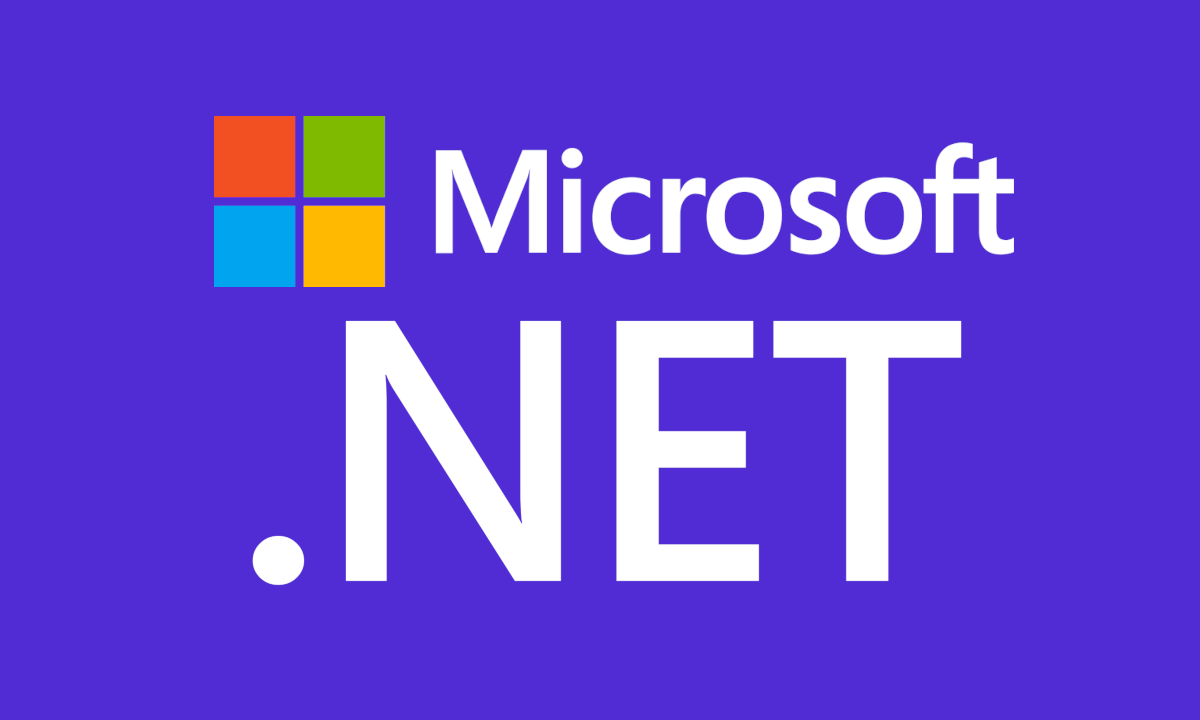Boost Async performance in .Net with ValueTask and IAsyncEnumerable
 Patrick Kearns
Patrick Kearns
In recent years, asynchronous programming has become an integral part of software development, particularly within the .NET environment. Its prominence is largely due to the increasing complexity of applications and the rising demand for responsiveness and scalability. Traditional asynchronous patterns in .NET have primarily relied on the well established Task based Asynchronous Pattern (TAP), often realised through the familiar async and await keywords. However, with continued evolution, Microsoft has introduced significant enhancements that, although not officially named 'async2', have effectively taken asynchronous programming to a new level of efficiency and expressiveness. Two of the most notable advancements are the introduction of ValueTask based asynchronous methods and the advent of asynchronous streams through IAsyncEnumerable.
The introduction of ValueTask in 2017 marked a shift in performance optimisation strategies. Previously, using tasks extensively could incur unnecessary overhead in applications, particularly when dealing with frequent, short lived asynchronous operations. Every task instance created in memory added overhead, which, though minimal in isolation, became significant at scale. In response to these challenges, Microsoft introduced ValueTask and ValueTask<T>. These structures act similarly to Task but differ crucially in their allocation behaviour. By using value semantics rather than reference semantics, ValueTask significantly reduces heap allocations, thereby enhancing the performance of high throughput applications where task allocations could otherwise represent a considerable burden.
While the benefits of ValueTask are clear in performance sensitive contexts, it is not intended as a wholesale replacement for Task. Instead, it serves best in scenarios where the result of an asynchronous operation might be immediately available. For instance, in scenarios involving cached results or synchronous completions, ValueTask proves particularly advantageous, as it can avoid unnecessary heap allocations altogether. Caution is still advised since ValueTask can only be awaited once. Multiple awaits on a single instance lead to undefined behaviour, potentially causing subtle, hard to track bugs. This limitation necessitates careful programming patterns and consideration of the lifecycle and state of each asynchronous operation.
Parallel to the introduction of ValueTask, another significant addition emerged around 2019 in the form of asynchronous streams, officially known as asynchronous enumerable streams (IAsyncEnumerable). This feature addresses a longstanding gap in the .NET asynchronous programming model by enabling asynchronous iteration. Prior to its introduction, enumerating over collections asynchronously required somewhat cumbersome patterns, typically involving manual iteration or buffering. The introduction of IAsyncEnumerable elegantly resolved this complexity, allowing developers to await each element in a stream individually, thereby reducing latency and improving memory usage.

In practice, this translates into considerable performance and usability improvements, especially in applications that interact heavily with databases, network streams, or any other IO bound processes that benefit from incremental or delayed retrieval. For instance, a web application fetching paginated data from a database can now yield each result asynchronously, providing data to consumers as it becomes available without blocking. This makes applications more responsive and resource efficient, particularly in scenarios involving large datasets or slow network conditions.
The practical usage of asynchronous streams is also notably straightforward. Leveraging the familiar await foreachsyntax introduced alongside the feature in C# 8.0, developers can intuitively consume asynchronous data streams. The language enhancements are not merely cosmetic, they facilitate cleaner code structures, significantly reducing boilerplate and improving readability. An asynchronous stream producer simply returns an IAsyncEnumerable, enabling callers to iterate over data asynchronously with ease, thereby maintaining clarity and readability even in complex asynchronous scenarios.
Underneath these usability improvements lies significant technical sophistication. The .NET runtime handles the complexities of asynchronous enumeration transparently, managing state machines, cancellation tokens, and resource disposal gracefully. For developers, this reduces the cognitive load, allowing focus on business logic rather than asynchronous plumbing. Also, asynchronous streams naturally integrate with other language features and frameworks, enabling interoperability with LINQ methods and modern functional programming techniques, enriching the expressive power available to programmers.
Performance optimisations associated with ValueTask and asynchronous streams have also contributed significantly to the efficiency gains observed in recent versions of .NET. These enhancements are particularly evident in high performance server side applications, such as web APIs, microservices, and data intensive systems. Reductions in memory usage and improvements in throughput mean that infrastructure costs can be lowered while simultaneously enhancing application performance and scalability. This is especially beneficial in cloud environments where efficient resource utilisation translates directly to financial savings.
It all sounds amazing but keep in mind that these newer asynchronous patterns do come with their nuances and subtleties. For example, the benefits of ValueTask must be carefully weighed against potential pitfalls such as incorrect reuse or improper handling of completion semantics. Similarly, asynchronous streams, while powerful, require careful consideration of cancellation and exception handling to avoid resource leaks or unintended side effects. Developers must ensure that the inherent complexities of asynchronous workflows are managed carefully, particularly when exceptions occur mid iteration or cancellation is required by users. In addition to the technical considerations, adopting these advanced asynchronous techniques demands a degree of skill and understanding from development teams. Effective utilisation of ValueTask and IAsyncEnumerable presupposes familiarity with their underlying principles, limitations, and best practices. Teams considering their adoption must invest in appropriate training and knowledge transfer. Proper education around these newer constructs ensures their potential benefits can be fully realised without inadvertently introducing subtle bugs or performance regressions due to misuse.
Continuous investment in improving the developer experience, performance, and capability of asynchronous features suggests that what developers informally refer to as "async2" is essentially an ongoing evolution rather than a discrete new version of asynchronous programming. The future of .NET promises even more powerful asynchronous capabilities, driven by real world needs and community feedback. While there is no official "async2," the continuous enhancements around ValueTask and asynchronous streams represent significant improvements that make asynchronous programming in .NET more powerful and intuitive.
Subscribe to my newsletter
Read articles from Patrick Kearns directly inside your inbox. Subscribe to the newsletter, and don't miss out.
Written by
